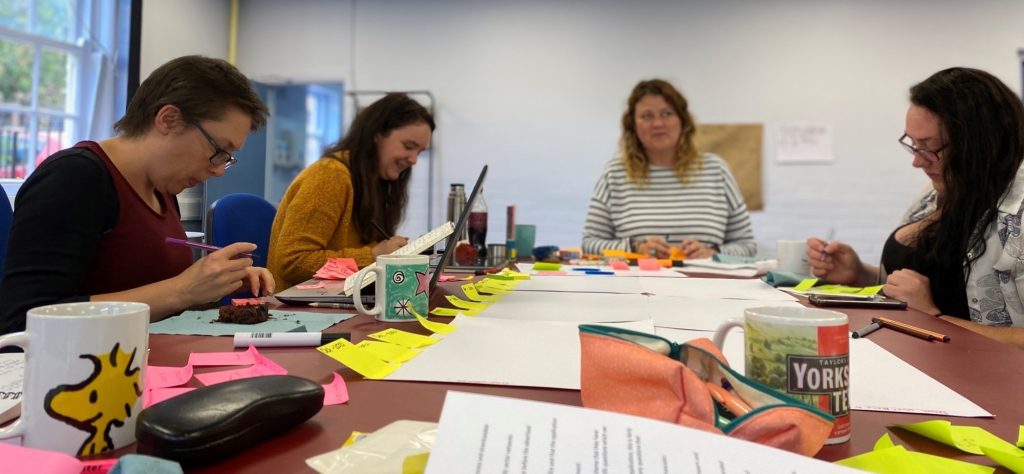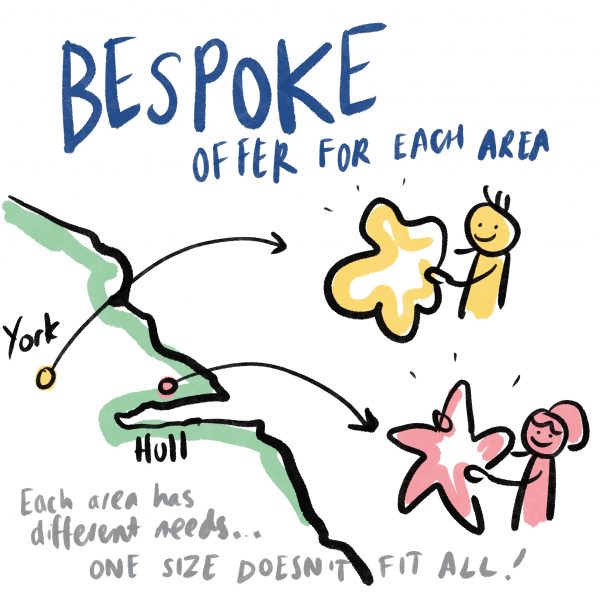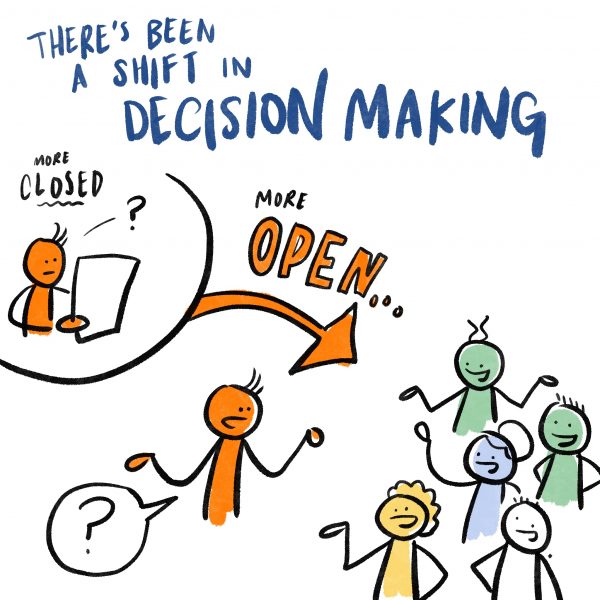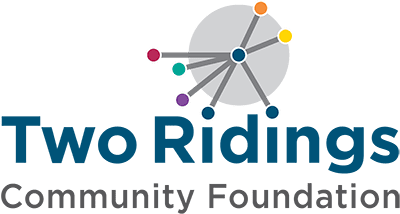Behind the scenes of a grant application
A transparent look at the grant application process at Two Ridings

At this month’s Drop-In we looked at what happens ‘behind the scenes’ in grant making at Two Ridings. We want to make our processes as transparent as possible.
We know that groups recognise that they put in an application form with supporting documents for funding and get an acknowledgement for it, and that they usually get a call from either a member of the Two Ridings team or one of our lovely volunteer assessors. We also know that they hear, some weeks later, whether they were successful in the application or not. But what happens in between?
Katherine likened the process to a swan looking all elegant and calm on the surface, but the reality is that they are paddling like mad under the water!
Supporting documents
So, firstly we check you have sent all the supporting documents necessary.
We need your governing documents, your most recent accounts, a bank statement (so we can pay you if successful) and details of your management committee, we may also need other documents like a safeguarding policy if you work with children or vulnerable adults.
Due diligence
After receiving your supporting documents, we carry out due diligence on you.
Due diligence is essentially going through your supporting documents to ensure you are eligible for the fund you are applying for.
So we look at your governing documents to see how the organisation is run, who runs it, what direction you are going in, what your charitable status is or whether you are a CIC or not.
We look through your accounts and bank statement and read through any supporting policies.
If we have any questions, we get in touch with you. If we can see that you would not be eligible for the funding we get in touch. Also, if we feel your application would be more appropriate to a different fund, we have that discussion with you too.
Don’t forget the guidance notes!
 One thing we realise when we read through some supporting documents is that some groups have not read the guidance notes on the funding they are applying for.
One thing we realise when we read through some supporting documents is that some groups have not read the guidance notes on the funding they are applying for.
When we promote grants on social media or in the newsletter, we just give you a snippet of how much is available, who and what it is aimed at and the geographical area it covers. Then in the fund details we give you a bit more information.
But in the guidance notes we give you as much detail as possible, so you can assess whether you are eligible for the funding. If you don’t read these, you might miss a crucial element of the criteria we need from you.
Bringing your application to life
For every eligible application we get, we look over it and either a Two Ridings staff member or one of our friendly volunteers give you a ring to further work out how well your project fits in with the fund applied for.
We check whether you are reaching the right beneficiaries, whether the project is workable and whether it is value for money. We talk through how the project will work, discuss your volunteers and find out all sorts of things about how your organisation works.
We love talking to the groups we support!
Our volunteers do too!
We understand that writing an application for funding can be hard work, but we find people are always happy to talk about their projects, so by talking to you, your projects comes alive!
We feel your energy and your passion for the valuable work you do.
So an ‘assessment’ it really is an informal, friendly opportunity for you to tell us all about how your project benefits the people you support.
Putting together panel papers
From the conversations we have with you, and the applications you write, one of our Grants Officers collates a set of panel papers for the group of people (‘the panel’) who are going to decide which groups to offer funding to.
The panel papers are a distilled version of everything you wrote making sure your projects are easy to understand and shine through.
We also score each application on how well it fits the fund, so that the panel has a starting point to make decisions from.
Decision making
 For the majority of funds we administer, a panel makes the decisions on which groups should be funded.
For the majority of funds we administer, a panel makes the decisions on which groups should be funded.
Panels are made up of different types of people.
- For place based panels, like THE LOCAL FUND and Wind Farms, the panel is often made up of local people.
- For corporate funds, like the Bettys and Taylors Group fund, members of their staff make up the panel.
- For our participatory grants, the panels are made up of representatives of local groups the funding will affect and people with lived experience who are well placed to make fair decisions.
- In Scarborough, the panel for our Children and Young people’s fund is made up partially of some of the young people in the town.
- Some panels also have a representative from the Two Ridings team or councillors from a specific area.
Who ever is on a Two Ridings panel, they are always keen to make sure the funding is spent well.
Solid outcomes
Successful of not, Two Ridings will always write to you to tell you whether you have been successful in your application or not.
Awarding funding
Once the decision by the panel has been made we endeavour to distribute grants within 28 days.
Have a look at what Funding is available right now.
Get in touch with the Grants team if you have any queries
